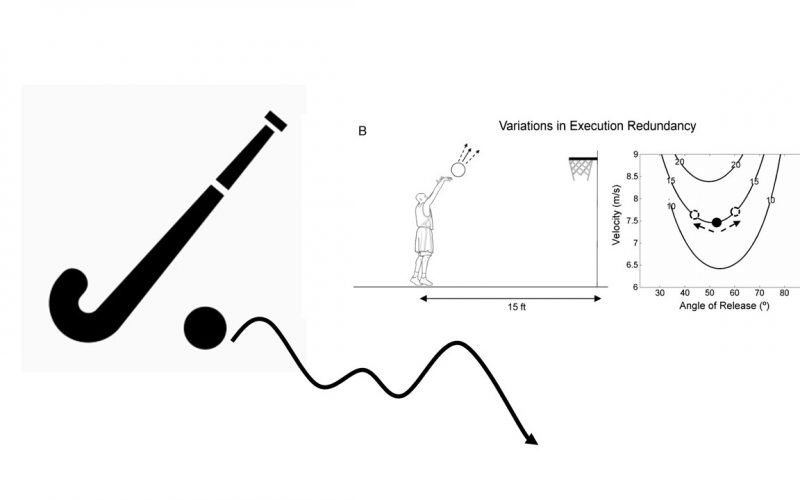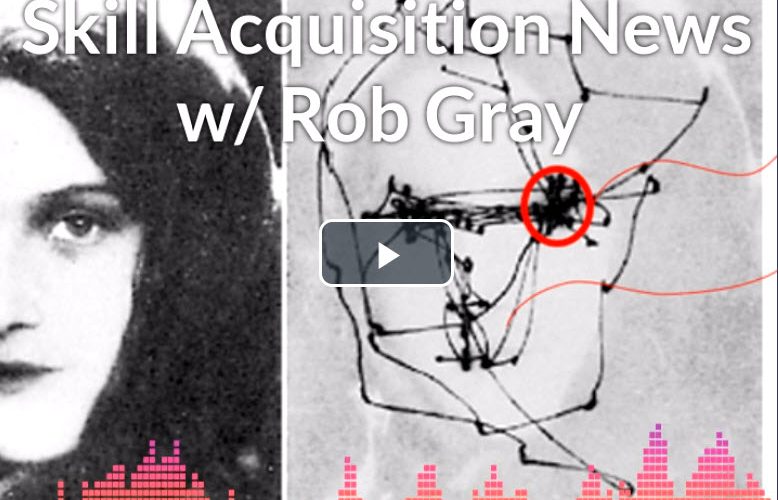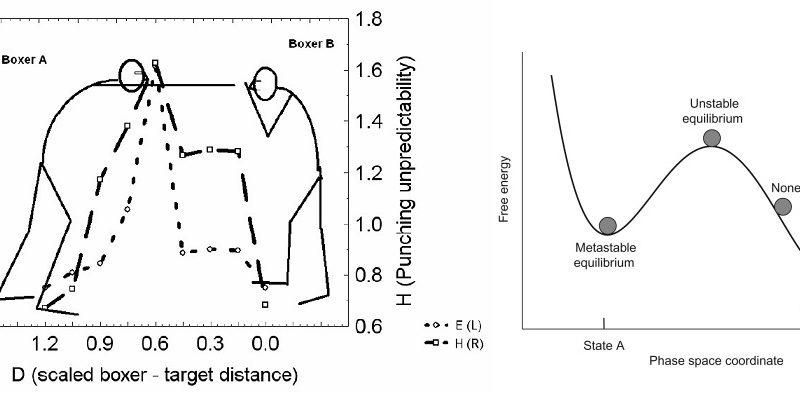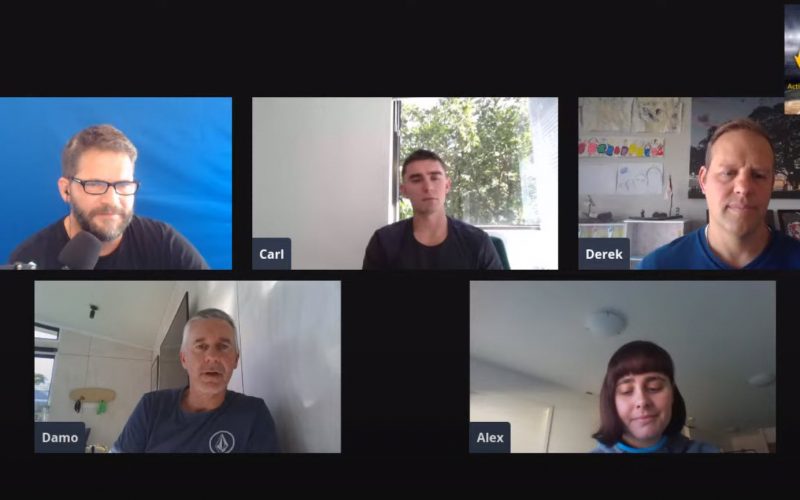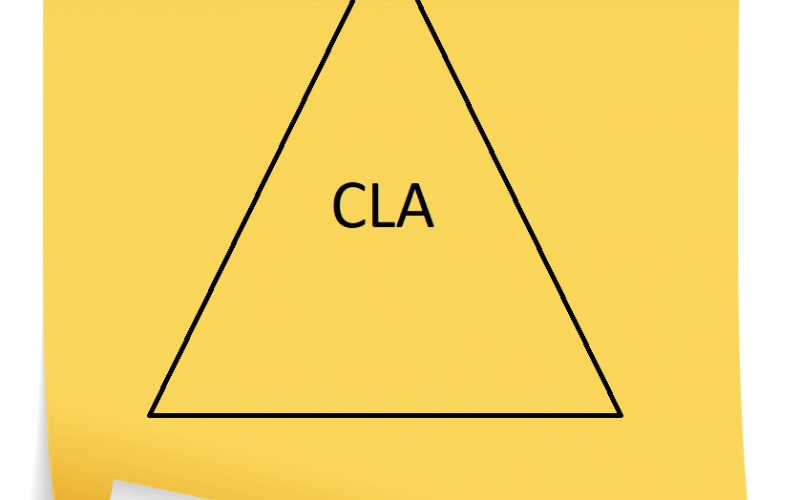312 – Adding Variability, Execution Redundancy & “Essential Noise” to Practice with Equipment Modifications
312A look at how modifying sports equipment (e.g., changing size, altering mass distribution or making more flexible) can enhance motor learning by adding variability, noise and increasing movement execution redundancy.Download link Articles: Equipment modification can enhance skill learning in young field hockey players“Essential noise” – Enhancing variability of informational constraints benefits movement control: A comment…
Read More
